Cast-Iron or Steel: Which Is The Better Material For A Fireplace Grate
Cast-Iron or Steel: Which Is The Better Material For A Fireplace Grate
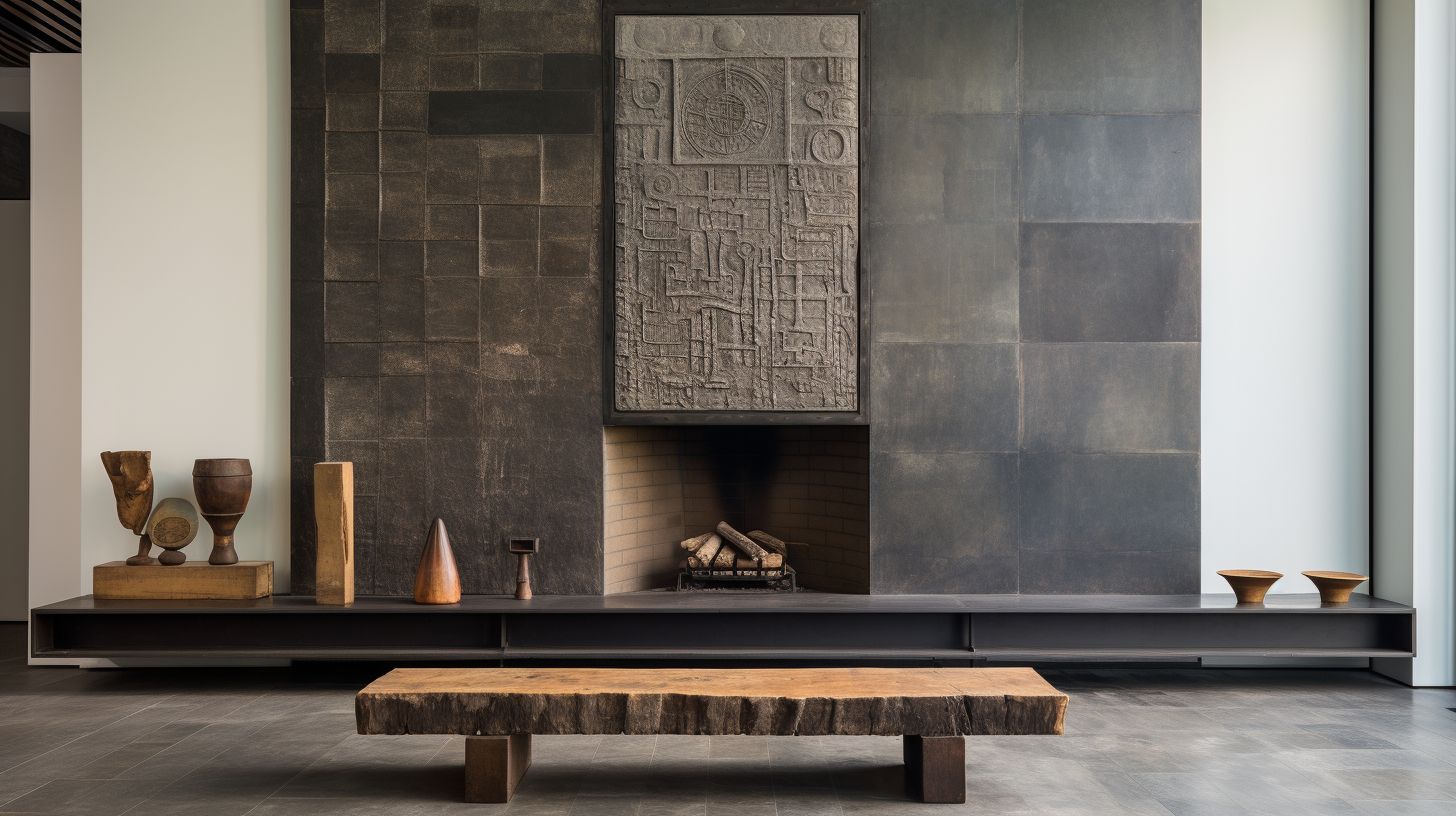
Choosing the best material for your fireplace grate can feel like a riddle wrapped in an enigma, especially when you're caught between cast-iron and steel. We completely understand because we've walked in those shoes before too.
We know how pivotal it is to nail this decision - after all, the right choice could dramatically amp up the efficiency of your wood-burning fires. That's why we rolled up our sleeves and dug deep into each potential option's benefits and drawbacks so that you don't have to.
So strap in for an enlightening trip that promises to turn this head-scratching dilemma into crystal clear certainty!
Key Takeaways
- Fireplace grates can be made from cast iron or steel. Both materials have their strengths.
- Steel grates work well for wood fires and are good at withstanding high heat. But they may rust over time.
- Cast iron grates retain heat longer, which is good after the fire goes out. They're also really sturdy and can last a long time.
- When choosing a grate, think about how often you use your fireplace, what kind of fuel you burn, and how much money you want to spend.
- Remember to keep safety in mind when using your fireplace grate! Regular cleaning and careful handling can prevent accidents.
Understanding Fireplace Grates
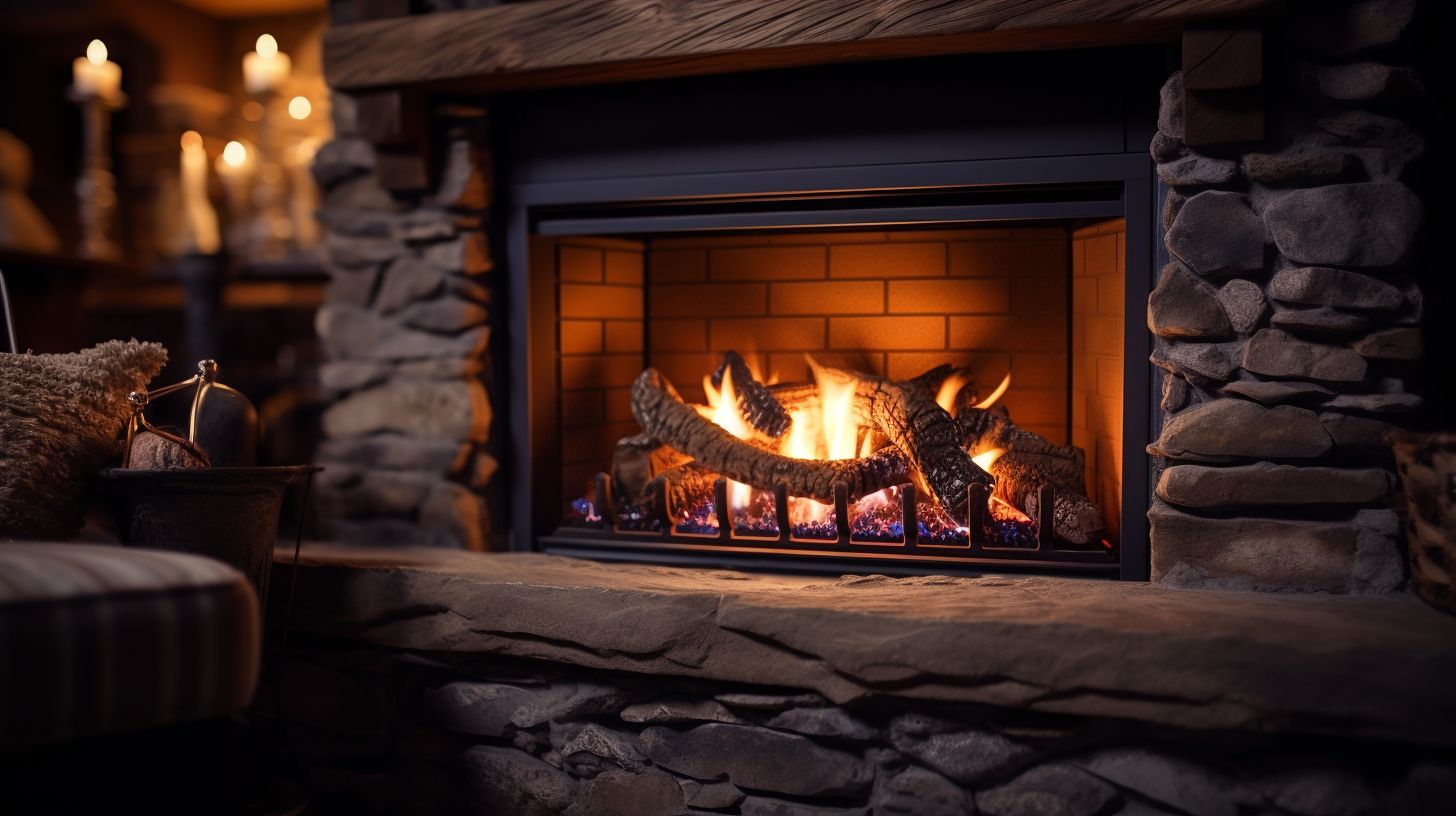
Let's delve into the world of fireplace grates, starting with their basic definition and functionality. We'll also look at their importance in enhancing the efficiency of wood burning fires, a key component in traditional masonry wood burning fireplaces.
What is a Fireplace Grate?
A fireplace grate is an essential component of any traditional masonry wood-burning fireplace. It's a rectangular or sometimes bowl-shaped metal structure that you place inside the firebox, the part of the fireplace where you put your firewood.
The function of a fireplace grate is to keep burning logs off the floor of your hearth and allow air to freely circulate around them, increasing combustion and contributing to a more robust, steady burn.
Fireplace grates come in three main types: steel bar, cast iron, and grate heaters. Each type serves its specific purpose and is suitable for certain kinds of fires and fuel types.
Do You Need a Fireplace Grate?
Having a fireplace grate in your hearth is a practical and wise choice. It enhances the efficiency of wood burning fires by keeping the logs off the floor, allowing for better airflow and heat distribution.
Safety encasing your firewood on the solid fuel bed ensures more complete burn and less work when starting a fire.
Moreover, using a grate protects your fireplace floor from direct exposure to high temperatures that can cause damage over time. Having one also helps light fires effectively due to its design that keeps logs together while preventing them from rolling out.
Whether you're an occasional burner or use your fireplace regularly, having an appropriate grate makes for efficient, safe, and effortless operation every time.
Materials Used in Fireplace Grates
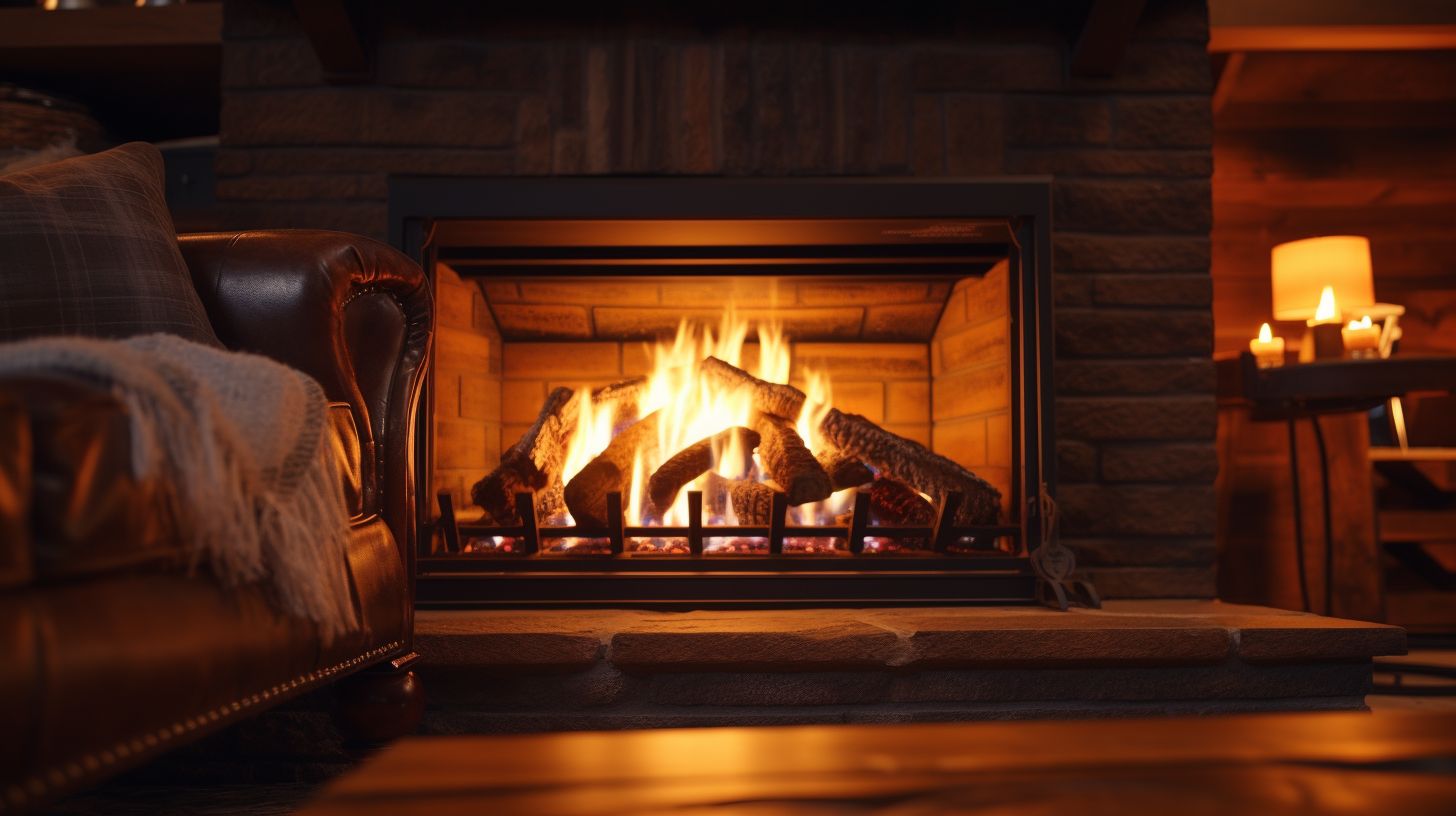
In our exploration of fireplace grates, we delve into the two primary materials used in their construction - steel and cast iron. Both have distinct characteristics that influence their performance and durability when subject to intense heat within a firebox, making them ideal candidates for fireplace grates.
Choosing between steel or cast iron will depend on factors such as how often you use your fireplace, the type of fuel you prefer to burn, and personal preference for aesthetic appeal.
Steel Fireplace Grates
Steel fireplace grates, particularly recommended for wood-burning fires, are beneficial in several ways. Their robust structure, made of solid steel bars with high durability, enables them to withstand intense heat and heavy logs without deforming or breaking.
These grates offer optimal performance by providing better air flow that results in a more efficient burn.
Lifetime Fireplace Grates, renowned for their durable 1-inch-wide steel make-up, guarantee long-lasting use. Despite their seemingly invincible design, it's notable some models with poor welds at the top bars meeting the legs may be prone to breakage over time.
Therefore selection should consider thicker construction as this contributes directly to an extended grate lifespan.
By focusing on quality and structure when purchasing one of these critical components can greatly enhance your fire experience while ensuring safety within your hearth.
Cast Iron Fireplace Grates
Cast iron fireplace grates are a popular choice for many homeowners due to their durability and superior heat retention. These heavy-duty grates, built from cast iron, ensure longer lifespan even under frequent use.
Their weight is a testament to their strength - the heavier the better! Cast iron grates also have small gaps at the bottom that allow more complete burning of coal or wood chunks, making them suitable for both types of fires.
Purchasing these sturdy grates has been made easy and convenient with various online platforms offering an array of options including Amagabeli Garden & Home Fireplace Grate and Vestal Manufacturing Fireplace Grate among others.
To get maximum efficiency from your grate, place it in the center of your firebox ensuring there's about 3-inch gap between the grate and walls of your firebox. From enhancing performance to improving safety by preventing logs from rolling out - cast iron fireplace grates enhance your entire experience around a warm, cozy fire.
Cast Iron Versus Steel: A Comparison

In this section, we'll delve into a detailed comparison between the two popular fireplace grate materials: Cast Iron and Steel. Let's examine aspects such as durability of these materials, their ability to retain heat and what they mean for your wallet.
Durability
Cast iron grates prove their mettle in the realm of durability. They stand tall against extreme temperatures, showing minimal signs of warping or damage after prolonged use. The robust nature of cast iron aids in enhancing its lifespan, outlasting steel grates by a significant margin.
Despite steel's strength, it doesn't perform as well over time due to the rusting issue caused by humidity and other environmental factors. Therefore, for those seeking longevity from their fireplace grate investment, cast iron emerges as a reliable choice.
Heat Retention
Both steel and cast iron fireplace grates perform well when it comes to heat retention. Cast iron, though slower to heat up than its steel counterpart, retains the warmth for a more extended period after the fire dies down.
Steel fireplace grates, however, transfer heat into your room quickly but cool down faster once the fire depletes. Consider that hardwoods burn hotter than softer woods which can add stress to a grate made of either material and potentially shorten its life.
So whichever you choose should also depend on your specific firewood of choice - whether it’s hardwood or softwood - as well as how critical immediate versus prolonged residual heat is for your needs in heating efficiency.
Cost
Investing in a fireplace grate requires consideration of the cost factor. Steel fireplace grates are typically less expensive and a more affordable option, making them ideal for budget-conscious buyers.
On the other hand, cast iron fireplace grates tend to have a higher price tag. While this might seem like an obstacle initially, their durability can render them cost-effective in the long run.
It's crucial to balance initial costs with longevity and efficiency when deciding on your perfect grate.
How to Choose the Right Fireplace Grate
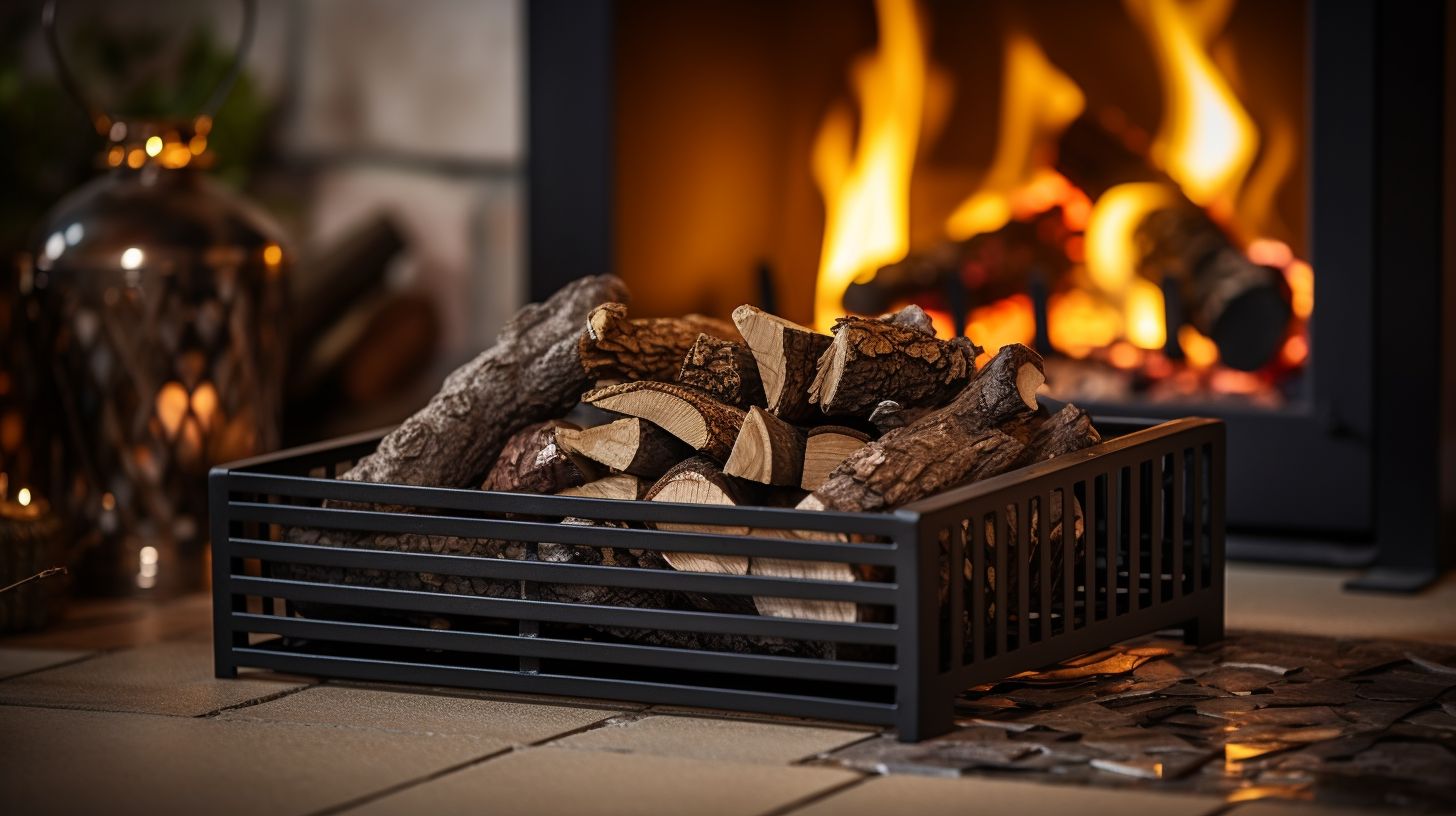
When choosing the right fireplace grate, you must consider various factors such as frequency of use and size. Understand the different types of grates available in the market – traditional, self-feeding or vertical.
Analyze the bar spacing and ground clearance to ensure safety and efficiency.
Consider the Frequency of Use
The frequency of use of your fireplace is a critical factor in deciding which type of grate is the right choice. Fireplaces that are only occasionally lit can benefit from a cast iron grate as it's ideal for infrequent usage due to its heat retention property.
Cast iron grates also work well with both wood and coal, enhancing the versatility for rare burners. However, if you're a daily burner who enjoys being cozied up by the hearth every evening, then steel fireplace grates would be more suitable owing to their ability to withstand high temperatures consistently over time.
Steel bars on these grates have been proven to offer an extended lifespan especially when they are thicker - ensuring many warm and safe fires throughout winter seasons. Whether you're a frequent or occasional user will greatly influence your final decision between cast-iron or steel fireplace grate.
Evaluate the Size
Determining the size of your fireplace grate is crucial for its efficiency and safety. Firstly, measure the width, depth, and height of your firebox to ensure a proper fit. A well-sized grate leaves ample space around its edges to allow good airflow and safe operation.
Too small a grate will cause heat concentration in one spot leading to rapid wear while an oversized one may overheat your firebox or block air vents leading to inefficient burning.
Contemplate also the log size you typically burn; this will help determine if more spaced-out bars on larger grates or narrower gaps found on smaller grates would be appropriate for you.
A right-sized fireplace grate makes all difference in maintaining a healthy, efficient ember bed.
Understand the Types
Fireplace grates come in a vast array of styles and sizes, all with unique functionality. The three main types are steel bar, cast iron, and grate heaters. Steel bar grates work best for burning wood while the durable cast iron grates can handle both wood and coal fires.
If looking to maximize heat output, you might favor grate heaters; they blow warmed air back into the room rather than letting it escape through the chimney. These types represent only a fraction of what's available as each comes with its set of features tailored to different fireplace requirements and settings.
Analyze the Bar Spacing and Ground Clearance
Bar spacing in a fireplace grate is crucial for maintaining an efficient fire. Wider spaces allow more air to circulate, feeding the flames and promoting a more vigorous burn. But if bars are too far apart, smaller pieces of wood or coal may fall through into the ash pan before they're fully consumed.
Similarly, ground clearance plays an equally important role. A higher clearance can improve airflow and makes ash removal easier while also helping to maintain heat retention within the firebox.
Grates with lower clearances can be beneficial when using larger logs or solid fuels due to reduced risk of rolling but might limit circulation which affects the quality of burn. It's all about finding that balance between bar spacing and ground clearance suited best for your specific type of fuel used in your fireplace.
Safety Precautions to Follow While Using a Fireplace Grate
Taking safety measures while using a fireplace grate is crucial to prevent any unforeseen accidents. Here are some of the key precautions that we should adhere to:
- Ensure the fireplace and the grate are clean before lighting a fire.
- Regularly remove ash from under the grate to prevent coals from causing oxidation.
- Avoid overloading your grate with excessive wood or solid fuel.
- Keep flammable items at a safe distance from the hearth and the firebox.
- Make sure the fireplace grate is well - ventilated for proper airflow.
- Always use quality gloves when handling fireplace tools or moving hot grates.
- Monitor your fire at all times and never leave it unattended.
- Install a suitable chimney cap to keep wind, rain, and wildlife out of your chimneys.
Benefits of Using a Fireplace Grate

Using a fireplace grate greatly improves the quality of your burn, protecting your fireplace floor in the process. It promotes better drafting which can make lighting easier and less of a chore.
A well-placed grate also enhances heat efficiency, allowing for an effective firewood burning experience that brings comfort to you and your loved ones.
Better Quality Burn
Utilizing a fireplace grate promotes a better quality burn. The structure lifts firewood off the floor of your firebox, improving air circulation. This heightened airflow enables the wood to burn more evenly and produce consistent heat.
Moreover, small gaps in cast iron grates facilitate more complete burning of wood or coal chunks. Consequently, fewer unburnt bits get left behind, reducing wastage and making cleanup easier after the fire dies down.
Enhanced combustion also means higher efficiency and less smoke production, bringing us one step closer to achieving an eco-friendly hearth at home or any outdoor setting.
Protection of your Fireplace Floor
Using a fireplace grate not only enhances the heat efficiency but also plays an essential role in protecting your fireplace floor. Instead of the logs resting directly on the bricks, they sit on top of the heavy-duty steel or cast-iron bars.
This ensures reduced risks and less damage.
The design of this sturdy structure also facilitates better air circulation while maintaining control over burning firewood. The raised platform allows for effective heat distribution and prevents overheating that could crack or wear down your hearth surface prematurely.
Moreover, it collects all excess ash in one place, making cleanup easier and more convenient!
Better Drafting
Positioning a fireplace grate properly improves the draft of your fireplace significantly. It facilitates air circulation underneath the logs, providing oxygen that aids in efficient burning.
By lifting the wood off the floor of your hearth, it allows an effective upward draft to flow and disperse heat evenly throughout the room. This not only ensures better combustion but also decreases smoke and harmful gas emissions from incomplete burning.
A well-drafted fire also keeps soot accumulation at bay, making cleaning easier while prolonging chimney life.
Ease of Lighting
Using a fireplace grate brings ease to lighting fires. Without it, arranging firewood properly for optimal burning is challenging. Nonetheless, fireplace grates simplify this process significantly.
We place the logs on the grate and light them up - as easy as pie! Steel bar grates are perfect for wood-burning fires and cast iron ones even have small gaps at the bottom, encouraging more thorough burning of logs by improving airflow around them.
So, we not only start our fires quickly but also ensure they burn efficiently with less hassle.
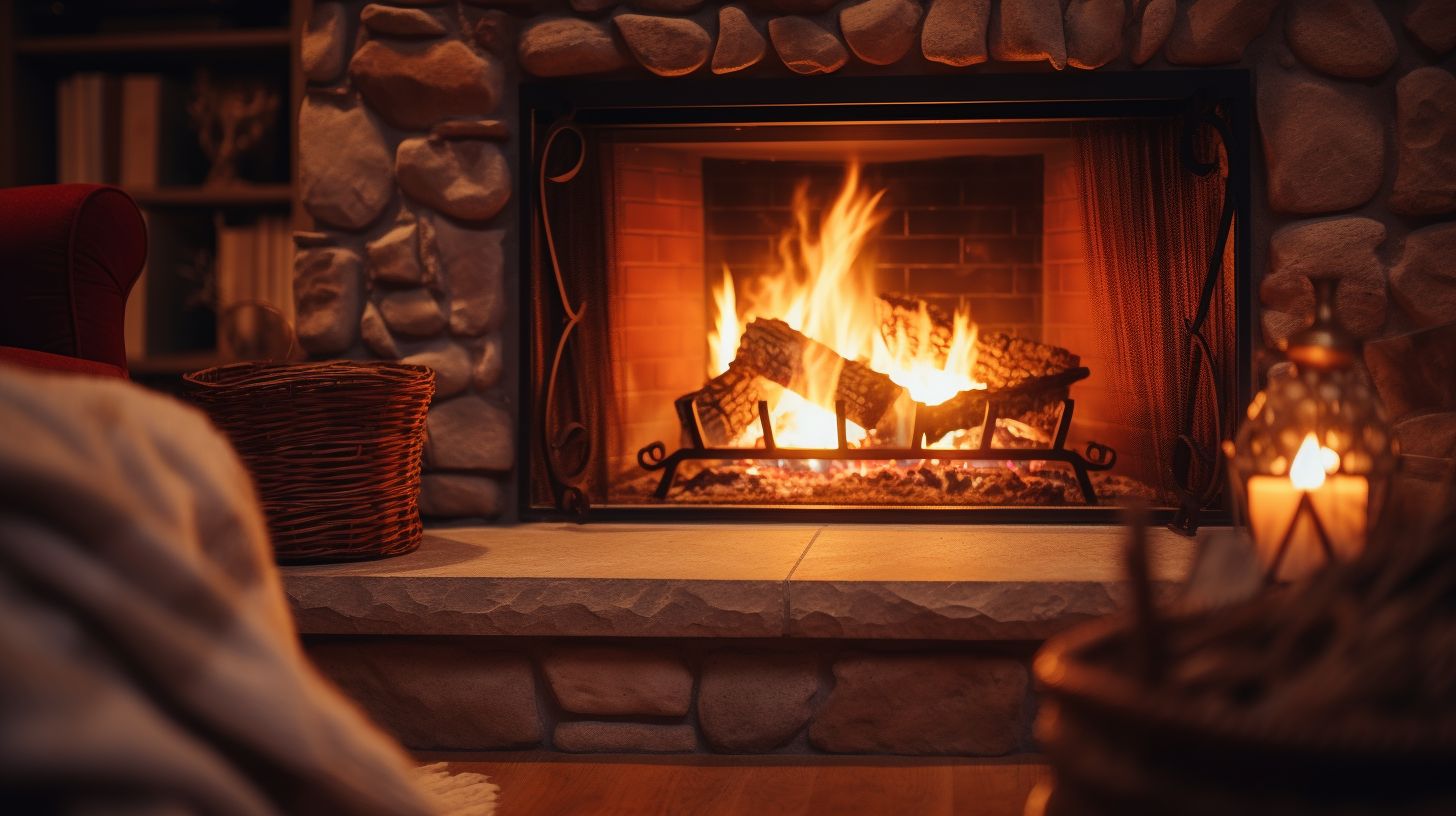
How to Maximize the Lifespan of Your Fireplace Grate
Maintaining your fireplace grate ensures it will service you for many years. Here is how to do it:
- Regularly clean out ashes: Clearing the ash helps prevent grate meltdown, extending the lifespan of your fireplace grate.
- Invest in a fireplace grate with thicker steel bars: Thicker bars have a longer lifespan as they can resist the high temperatures better.
- Opt for cast iron grates if frequently using the fireplace: Cast iron withstands heat remarkably better than steel making it suitable for frequent use.
- Protect your grate from extreme conditions: Keep them away from humidity, rain, and salt that can cause corrosion thereby damaging them faster.
- Maintain proper heat distribution: Poor welding or thin steel bars may lead to uneven heat distribution which speeds up wear and tear. A well-constructed grate ensures balanced heat spread.
- Use appropriate firewood size and type: Most grates are meant to burn logs of specific sizes and types of fuel such as hardwoods or coal.
- Keep a regular maintenance schedule: Regular inspections help spot weak points before they become problematic.
Conclusion
The choice between cast-iron and steel for a fireplace grate doesn't have a one-size-fits-all answer. Your decision will hinge on factors like your burning frequency, the type of fuel you use, and budget.
Remember to consider features like durability, heat retention, as well as cost in your decision-making process. Ultimately, whether you choose cast-iron or steel, both materials promise to enhance your fireplace experience.
FAQs
1. What is the difference between cast-iron and steel fireplace grates?
Cast-iron grates are heavier, more durable and hold heat longer but can corrode over time. Steel grates are lighter, heat up quickly and often come with a protective powder coating.
2. How does the material of the fireplace grate affect its performance?
The material impacts how long the grate retains heat; a cast-iron grate stays hot longer, while a stainless steel grate heats up faster. The material also influences durability.
3. Where should I place my fireplace grate in an indoor or outdoor setting?
Place your fireplace grate directly onto your fireplace floor for best results! It not only protects your fireplace's floor but also makes it easier to light firelogs.
4. How can I choose the best size of my Fireplace Grate?
You need to measure both width and depth of your fireplace. Remember that rectangular form - traditional Fireplace Grates or self-feeding ones - will fit differently than curved bar design versions meant to prevent logs from rolling out.
5. Can humidity, rain, or salt affect my cast-iron or steel grate?
Yes! These elements can cause both Cast-Iron and Stainless Steel grates to corrode if left unprotected outdoors without proper care.
6. Are there certain brands known for their high-quality cast iron or steel grates?
Brands like Pleasant Hearth Fireplace Grates, HY-C Liberty Foundry Fire Grate, Steelfreak Fireplace Grate, Innfinest Fireplace Log Grate, Panacea Fireplace Grate have great reviews when comparing Cast Iron versus Heavy-duty steel construction on Premium solid steel fireplaces gratings.
← Older Post Newer Post →


















